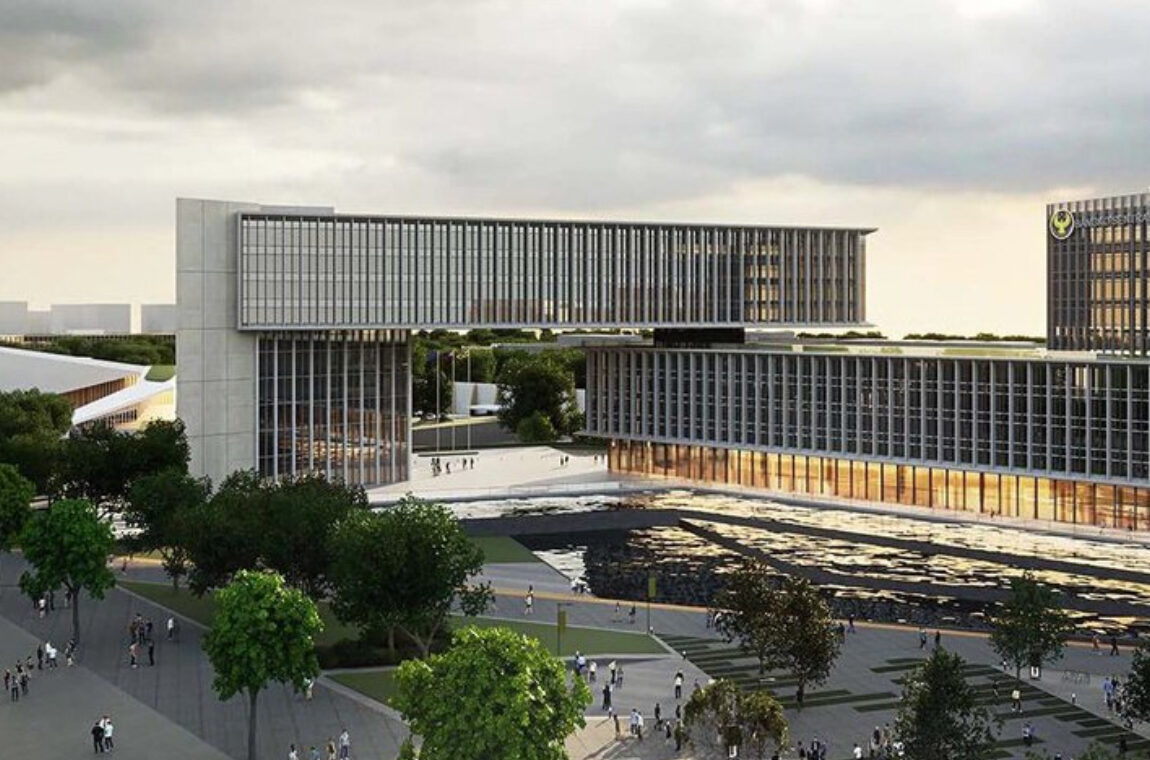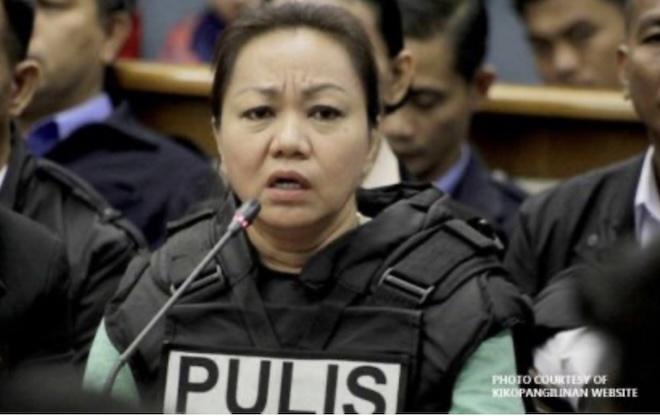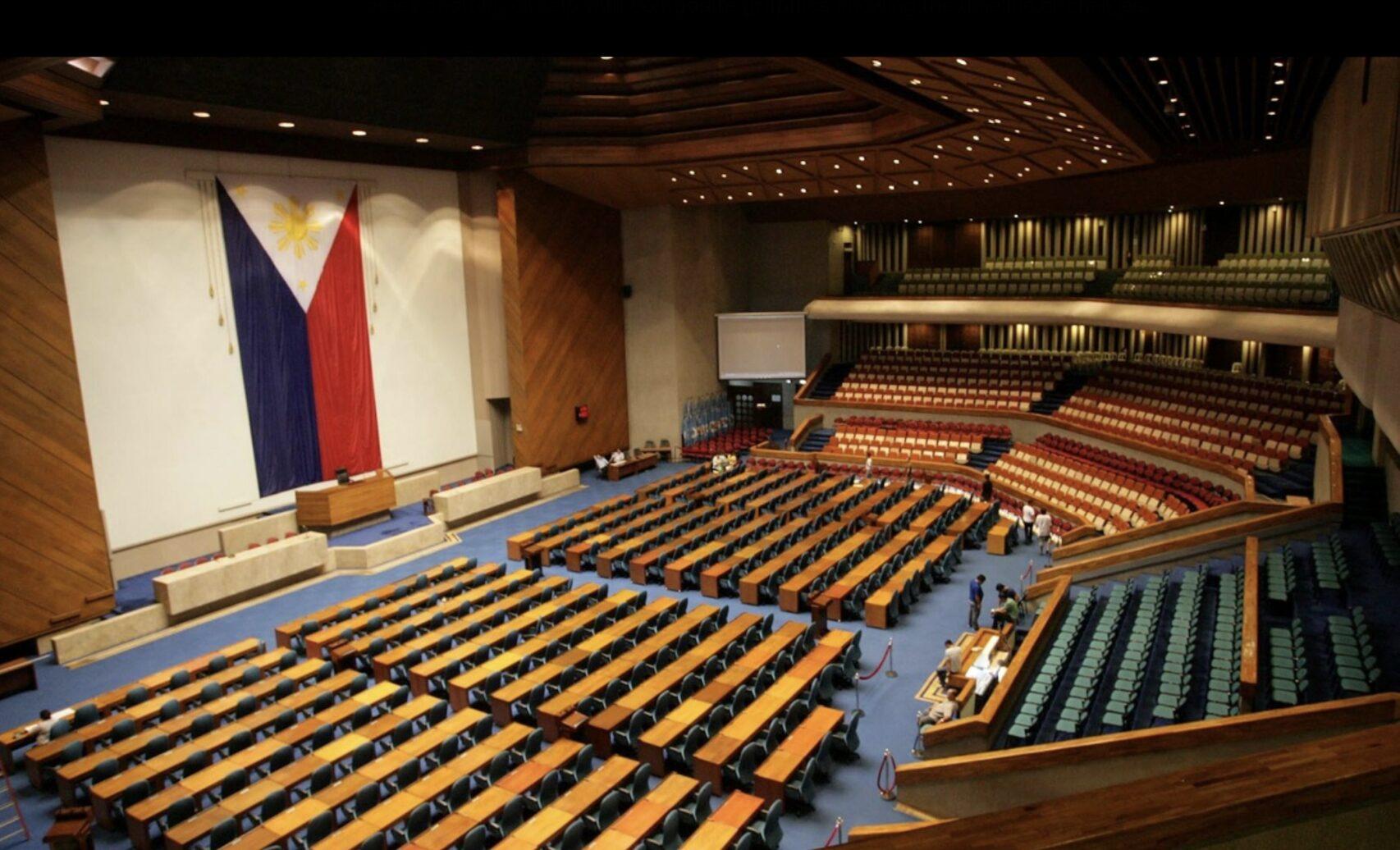THE Philippine government is not taking a soft stand on China’s reported continuous military build up in the highly disputed South China Sea, Malacañang assured on Wednesday, February 7.
Palace Spokesperson Harry Roque has denied criticisms that the administration of Philippine President Rodrigo Duterte is giving China leeway on its militarization activities in the region.
“We are not being too soft po pero meron tayong (but we have already) established policy,” Roque told reporters.
First, the Philippines is “one with ASEAN (Association of Southeast Asian Nations) in recognizing that this is a concern or all ASEAN countries, the freedom of navigation in the West Philippine Sea,” the Palace official said.
“Number two of course our common concern is peace security and stability in one of the world’s busiest sea lanes,” he added.
Malacañang issued the statement after ASEAN Foreign ministers raised concerns on China’s continued militarization amid an earlier agreement to establish a legally binding Code of Conduct on the South China Sea, which aims to ensure peace and stability in the area.
“Kasama tayo sa ASEAN. Yan po ang panawagan ng ASEAN. Kasama ang Pilipinas sa panawagan na yan (We are included in the ASEAN. That is the ASEAN’s call. The Philippines is one with the call),” Roque said.
ASEAN ministers on Tuesday, February 6, said China’s continued reclamation in south China sea has “eroded trust and con dence” among rival claimants. They further warned that such activities could raise regional tensions.
Ministers “took note of the concerns expressed by some ministers on the land reclamations and activities in the area, which have eroded trust and confidence, increased tensions and may undermine peace, security and stability in the region,” Singapore Foreign Minister Vivian Balakrishnan said in the statement.
An earlier Inquirer report showed photos that China’s artificial islands in the South China Sea are in the “final stages of development as air and naval bases.”
A United States-based analyst also warned that China will soon effectively control the South China Sea amid the reported continuous military build up in the heavily disputed waters.
“You’re gonna see more signaling [systems], intelligence [facilities] and things like that. You’re gonna keep on seeing the increase of number of Chinese coast guards and the maritime militias and naval ships making calls to these. And little by little, the Chinese plan seems to be to establish de facto control,” said Asia Maritime Transparency Initiative director Gregory Poling.
He continued, “Maybe without provoking an immediate sharp clash but by sheer force of numbers, eventually there’s gonna be a Coast Guard and Navy ship close enough to intervene no matter what any claimants are trying to do anywhere in the [sea]. And they are gonna have the radars and patrol craft to make sure that nothing moves within the South China Sea without them seeing it.”
Responding to the report, Roque remarked that China’s military build up in the area is not “news” anymore.
“You know when I saw the headline, yes, it’s a fact perhaps, but is that news? I don’t think so. I think the moment that they start the reclamation, they declared that they will use it, they will have military facilities into the islands,” Roque said.
Malacañang likewise underscored that it cannot wage war and could only continue to rely on China’s “good faith.”
“Whether we like it [or not], they intended to use them as military bases, so what do you want us to say? All we could do is to extract a promise from China not to reclaim any new artificial islands,” Roque said.
He continued, “We cannot declare war. Not only is it illegal, but it is also it is impossible for us to declare war at this point.”
Expansion
Despite concerns raised by its neighboring countries, a Chinese expert said Beijing’s artificial islands in South China Sea will be further expanded.
Chen Xiangmiao, a research fellow at the National Institute for the South China Sea, noted in a newspaper report that “most of the construction on islands in the South China Sea were completed in 2015 and the pace then slowed.”
“The size of some South China Sea islands will be further expanded in future through more dredging in the South China Sea region,” Chinese publication Global Times on Monday, February 5, quoted Chen as saying.
Chen also pointed out that “civilian facility construction is the major focus of the South China Sea islands building and the portion of defense deployment is relatively small.”





